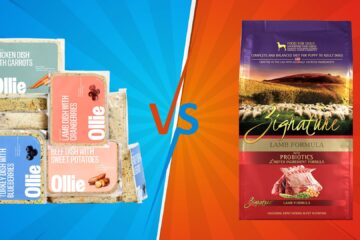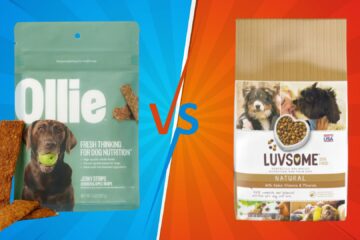In the quest for the perfect dog food, pet owners are often torn between two leading brands: Royal Canin and Taste of the Wild. Both brands come with their unique philosophies and claims, promising the best nutritional solutions for our furry friends.
But which one truly stands out in the Royal Canin vs Taste of the Wild debate? This comprehensive guide dives deep into each brand, analyzing their ingredients, nutritional value, product range, and much more to help you make an informed decision.
Dog Nutrition Essentials
Understanding the basics of dog nutrition is pivotal before choosing any dog food. Dogs require a balanced diet that includes proteins, fats, carbohydrates, vitamins, and minerals to support their health and energy levels.
The right food can impact everything from your dog’s coat health to their digestion and overall vitality.
Brand Overview and Philosophy
Royal Canin: Tailored Nutrition for Every Dog
Founded in 1968, Royal Canin has established itself as a science-based pet food company. Their mission is to provide precise nutritional solutions tailored to the specific needs of each dog, considering factors like breed, size, age, and health conditions.
This tailored approach is based on extensive research and collaboration with veterinarians and breeders.
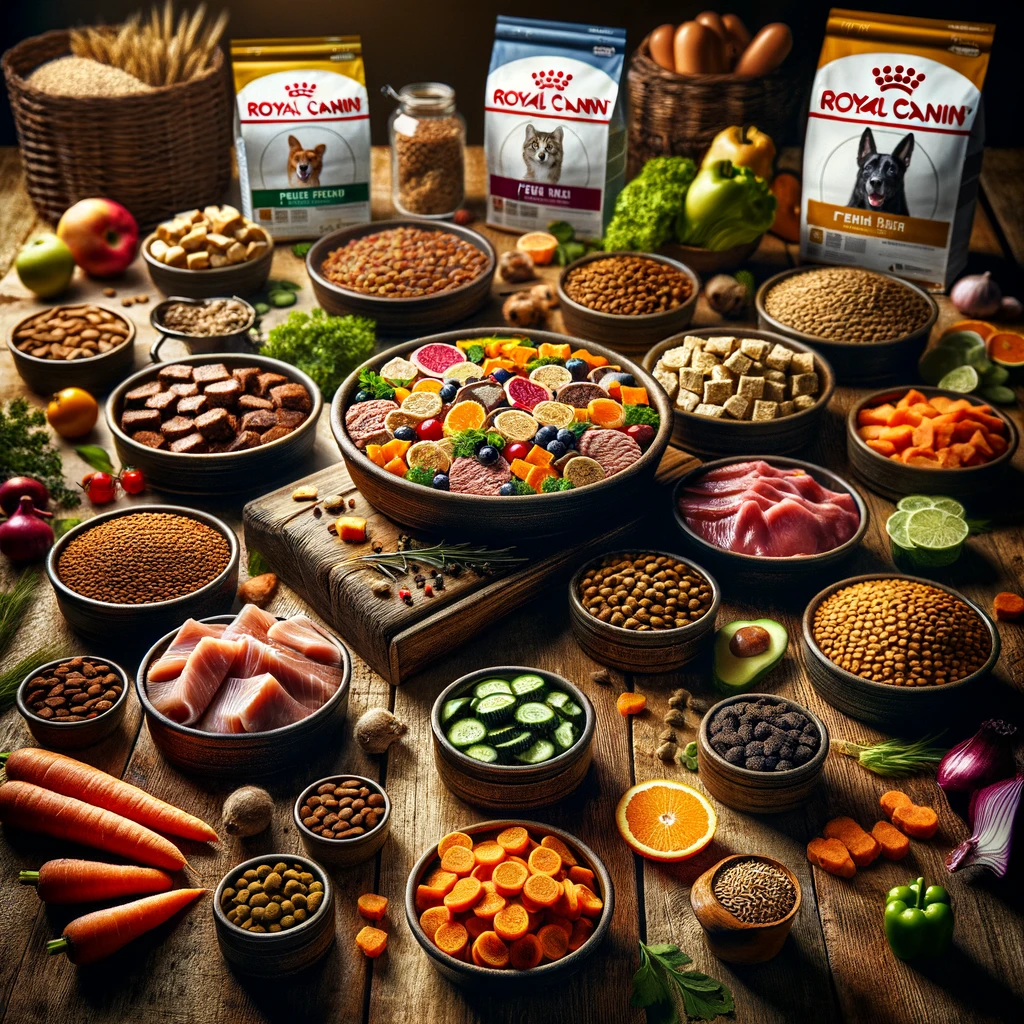
Taste of the Wild: Nature-Inspired Diets for Optimal Health
Taste of the Wild offers dog food inspired by the diet of wild ancestors, emphasizing natural ingredients and a grain-free formula.
Founded in the early 2000s, the brand focuses on providing high-quality, affordable pet food that meets the instinctual dietary needs of dogs with recipes rich in real meats and supplemented with fruits, vegetables, and probiotics.
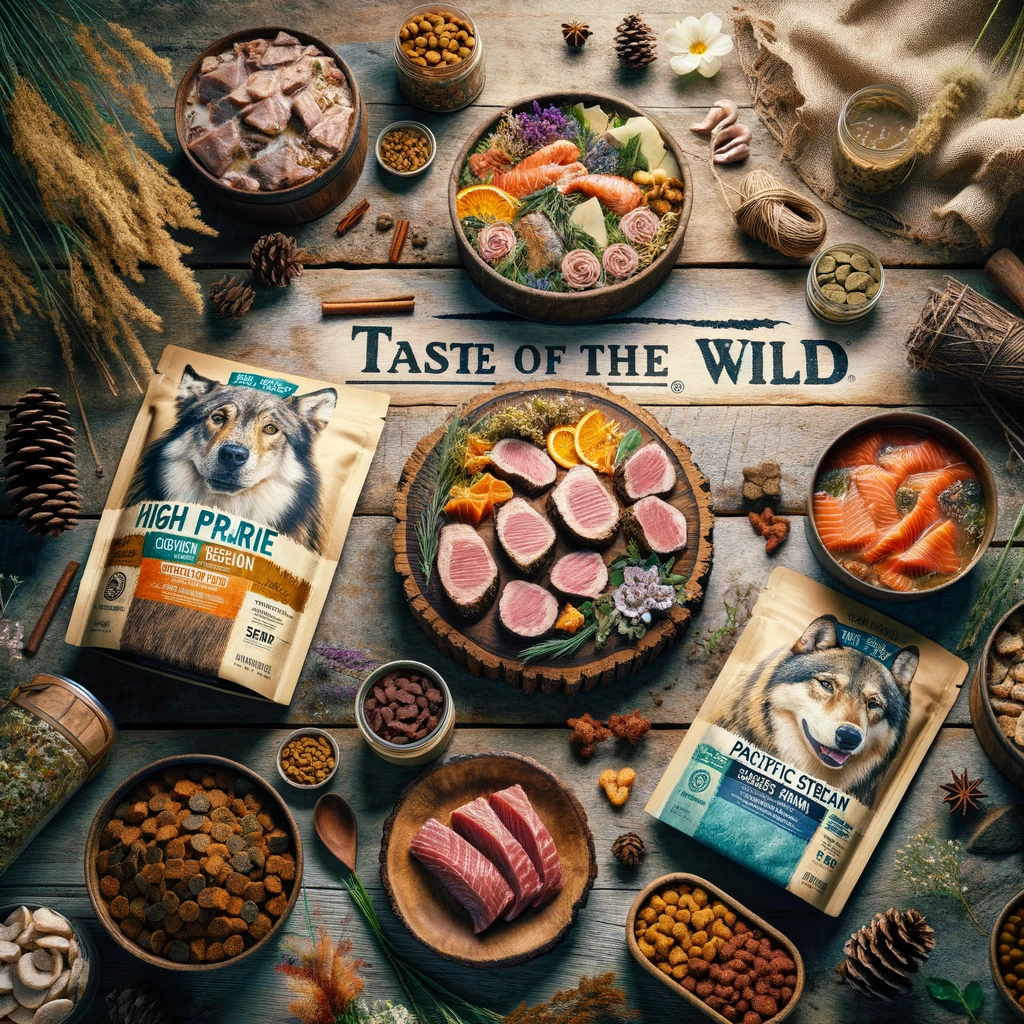
Product Range and Diversity
Royal Canin’s Comprehensive Lineup
Royal Canin boasts an extensive product range that includes breed-specific formulas, size-specific options, and foods catering to specific health needs, such as digestive issues or skin sensitivities.
Their products are designed for every life stage, from puppy to senior dogs, ensuring that pets receive the right nutrients at every age.
Taste of the Wild’s Varied Protein Sources
Taste of the Wild is renowned for its diverse protein sources, including smoked salmon, roasted bison, venison, and wild boar.
Their grain-free formulas are designed to mimic a dog’s natural diet, offering a blend of animal proteins, fruits, vegetables, and probiotics to support healthy digestion and overall well-being.
Ingredients and Nutritional Analysis
What’s Inside: Ingredient Comparison
A closer look at the ingredient lists reveals Royal Canin’s reliance on scientific formulation, with precise blends of vitamins and minerals to address specific health needs.
In contrast, Taste of the Wild focuses on simplicity and natural ingredients, with real meat always listed as the first ingredient, followed by wholesome grains (in their ancient grains line) or a grain-free blend of fruits and vegetables.
Breaking Down the Nutrients
When comparing nutritional content, both brands offer formulations that meet the AAFCO dog food nutrient profiles for all life stages. However, the protein content tends to be higher in Taste of the Wild products, appealing to those seeking a diet closer to what dogs would eat in the wild.
Royal Canin formulas, on the other hand, may have lower protein but are highly tailored to support specific health needs, from dental health to weight management.
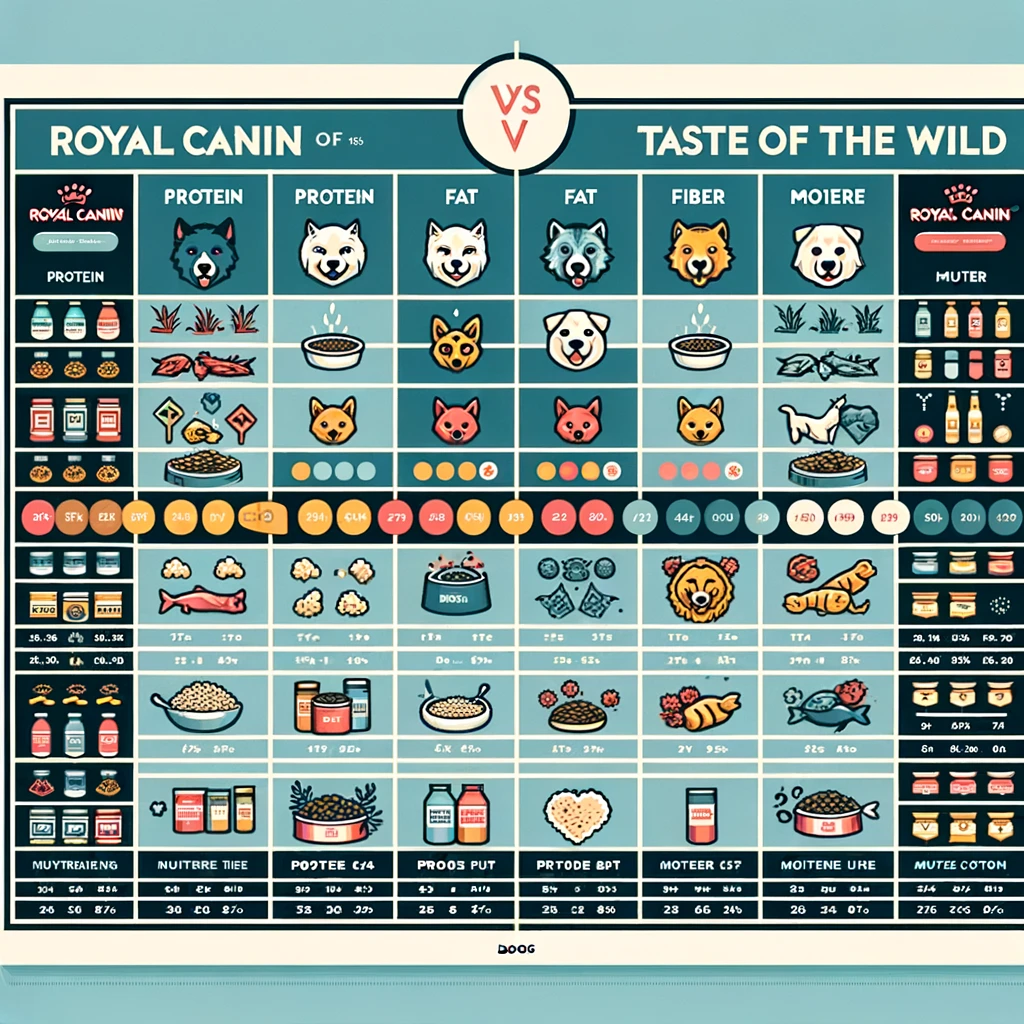
Special Dietary Considerations
Dietary sensitivities are a significant concern for many pet owners. Royal Canin offers specialized formulas to tackle issues like food allergies, digestive problems, and more.
Taste of the Wild, with its grain-free options and diverse protein sources, can be a suitable choice for dogs with sensitivities to common allergens like corn, wheat, or chicken.
When considering special dietary needs for dogs, both Royal Canin and Taste of the Wild offer options catering to various health concerns and preferences. Here are some key points to consider in the Royal Canin vs Taste of the Wild diet debate:
Royal Canin
- Breed-Specific Formulas: Tailored nutrition for the unique health needs of different breeds.
- Health-Specific Diets: Options for dogs with sensitivities, such as digestive issues, skin conditions, and weight management.
- Age-Specific Nutrition: Formulas designed to support dogs at different life stages, from puppy to senior.
- Prescription Diets: Veterinary-exclusive diets for dogs with specific medical conditions.
Taste of the Wild
- Grain-Free Options: Ideal for dogs with grain sensitivities or allergies.
- Novel Protein Sources: Suitable for dogs allergic to more common proteins like chicken or beef. Options include bison, venison, and salmon.
- Prebiotic Support: Formulas include prebiotics and species-specific probiotics to support digestive health.
- Limited Ingredient Diets: The “Prey” line offers simpler ingredient lists for dogs with food sensitivities.
General Considerations
- Allergies and Sensitivities: Dogs with allergies may require grain-free diets or limited ingredient formulas to avoid common allergens.
- Digestive Health: Probiotics and easily digestible ingredients can support a healthy gut, especially for dogs with sensitive stomachs.
- Weight Management: Low-calorie options are available for dogs needing to maintain or lose weight without sacrificing nutrition.
Price Comparison: Value for Money
To compare the prices of Royal Canin and Taste of the Wild dog food, let’s consider a common baseline for comparison, such as the cost per pound of dry dog food. This will provide a straightforward way to compare the value offered by each brand.
Please note, that prices can vary significantly based on location, retailer, specific product line, and current promotions. The prices provided here are approximate and meant for general comparison purposes.
| Brand | Product Line | Average Cost per Pound |
| Royal Canin | Size Health Nutrition | $3.50 – $5.00 |
| Breed Health Nutrition | $3.75 – $5.25 | |
| Veterinary Diet | $4.00 – $6.00 | |
| Taste of the Wild | High Prairie | $1.75 – $2.50 |
| Pacific Stream | $1.75 – $2.50 | |
| Prey (Limited Ingredients) | $2.00 – $3.00 |
Key Takeaways:
Royal Canin tends to be more expensive, reflecting its positioning as a premium brand with specialized formulas tailored to specific breeds, sizes, and health conditions.
Taste of the Wild offers more affordable pricing, which is attractive to pet owners looking for high-quality, grain-free options without the premium price tag.
The price difference also reflects the different approaches of the two brands: Royal Canin invests heavily in research and development to create diet-specific formulas, while Taste of the Wild focuses on providing natural ingredients inspired by the diet of wild ancestors.
Taste Test: Which Brand Do Dogs Prefer?
Palatability is another crucial factor in choosing dog food. While individual preferences vary, Taste of the Wild’s meat-rich formulas often make it a hit among dogs.
Royal Canin also scores well in taste tests, especially with formulas designed for specific breeds, which are tailored to the preferences and needs of those breeds.
Safety and Recall History
Both brands have faced recalls in the past, but they have taken steps to enhance their quality control and safety standards. It’s essential to check the latest information and recall history when making your choice, as this reflects the brand’s commitment to quality and safety.
Consumer and Expert Opinions
Reviews from pet owners and experts tend to praise Royal Canin for its targeted health benefits and breed-specific formulas.
Taste of the Wild is often lauded for its natural ingredients and ability to cater to dogs with food sensitivities. Veterinarians frequently recommend both brands, depending on the specific needs of the dog.
Environmental and Ethical Considerations
Sustainability and ethical sourcing are increasingly important to pet owners.
Taste of the Wild emphasizes its commitment to sustainable practices, while Royal Canin focuses on scientific research and veterinary partnerships to ensure ethical and effective nutritional solutions.
Conclusion
Choosing between Royal Canin and Taste of the Wild dog foods boils down to understanding your dog’s specific nutritional needs and preferences.
Both brands offer unique benefits, with Royal Canin providing tailored nutrition for various breeds, sizes, and health conditions, and Taste of the Wild focusing on natural, grain-free ingredients inspired by the ancestral diet of wild dogs.
Whether your priority is a scientifically formulated diet to address specific health issues or a natural, high-protein meal that mirrors what dogs would eat in the wild, both brands stand out for their commitment to quality and pet health.
Read also.
